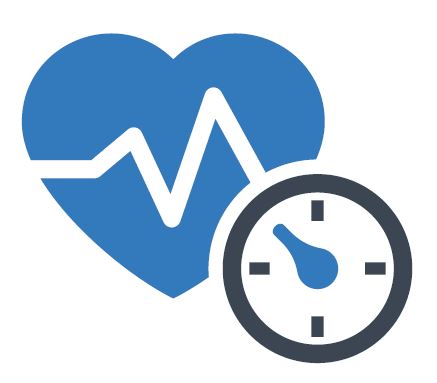Advanced Medical Home Tier 3
CCPN Can Take You There
Tier 3 status offers new quality improvement and revenue opportunities, but also new responsibilities. CCPN can help you optimize the care you provide and qualify for improved revenue.
 Risk Stratification
Risk Stratification
We use an evidence-based and scientifically-validated analytics model to that risk-stratify all empaneled patients based on “impactability” – the probability of benefiting from care management intervention.
 Provide care management to high-need patients
Provide care management to high-need patients
We have a robust care management program that has served the Medicaid population for over two decades and is nationally accredited by the National Committee for Quality Assurance (NCQA). Key components:
- Local, licensed, and trained care management staff
- Patient assessment and screening
- Patient-centered care plan and web-based care management documentation platform
- Communications that keep primary care clinicians informed on patient progress
- Patient education
- Medication management
- Relationships and referral contacts established with community partners to address social determinants of health
 Use a documented care plan for high need patients
Use a documented care plan for high need patients
We use a person-centered care plan that is informed by a comprehensive needs assessment, clinical guidelines, and patient goals.
 Track Admissions, Discharges, and Transfers (ADT)
Track Admissions, Discharges, and Transfers (ADT)
Our tools track beneficiary utilization, including ADT for empaneled patients. We receive ADT notifications three times a day from most hospitals across the state, allowing care managers to utilize real time admission data to perform transitional care for high-need patients.
 Transitional Care Management
Transitional Care Management
We use ADT and other information to initiate transitional care management for patients at risk for re-admission or are considered high risk post-discharge. Our standardized processes optimize the effectiveness of transitional care management, resulting in a 27% reduction in inpatient admissions and a 48% reduction in potentially preventable readmissions.
